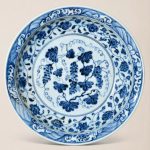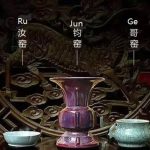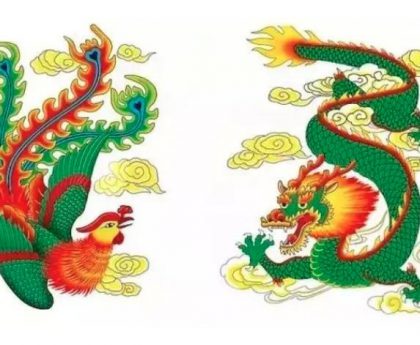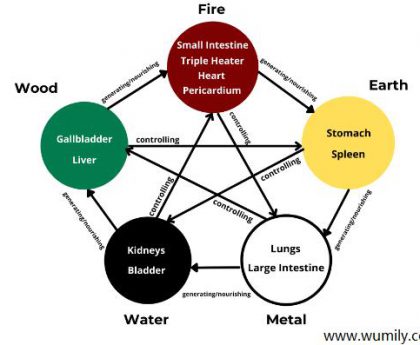Ru porcelain is one of top five porcelains in China (Ru, Guan, Jun, Ge and Ding porcelains) which gets its name as it is made in Ruzhou, Henan Province. Ru porcelain enjoys a good reputation of “paramount Ru kiln” in China’s porcelain history.
In the late northern Song Dynasty, ru kiln was monopolized by the monarchy to produce porcelain for the royal court, that is, “Ru Guan porcelain” or “Ru porcelain” for short. When Emperor Huizong of the Song Dynasty succeeded to the throne, he replaced Ru porcelain with Jun porcelain. And in the first year of Daguan, Empror Huizong replaced Jun porcelain with Ru porcelain again, which, however, couldn’t reach the point in the Confucius temple period.
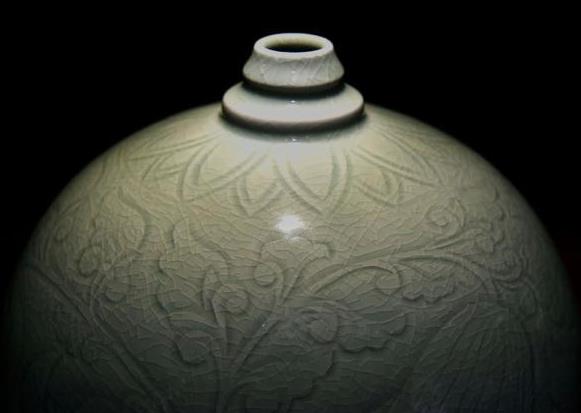
Globally, there are only less than 70 Ru guan porcelains handed down from ancient times which are reserved in the Palace Museum in Beijing, Taipei Palace Museum, Shanghai Museum and David Foundation, the UK respectively and become universally acknowledged rare treasures.
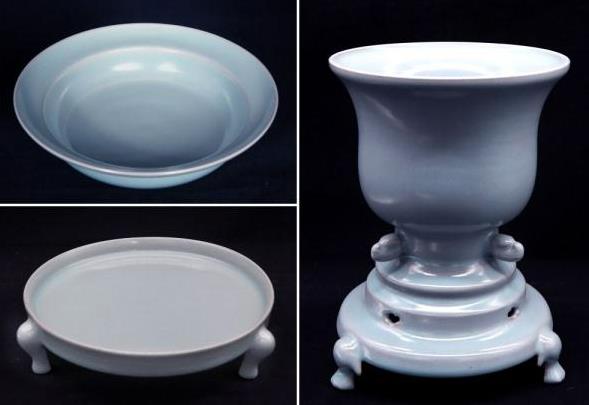
Ru guan porcelain is defined by exquisite body and rarefied techniques. It is glazed with precious agate, showing unique color and luster. Glazing color changes as light changes, demonstrating the gentle and primitive features; glaze surface is smooth and fine like beautiful jade; looking at the surface, it seems like tiny pieces in the shape of cicada’s wings and there are sparse bubbles under the glaze as flickering and twinkling as stars at down. If we observe the juncture of porcelain body and glaze against the light, we can find slight blush, reflecting its eyeable appearance.
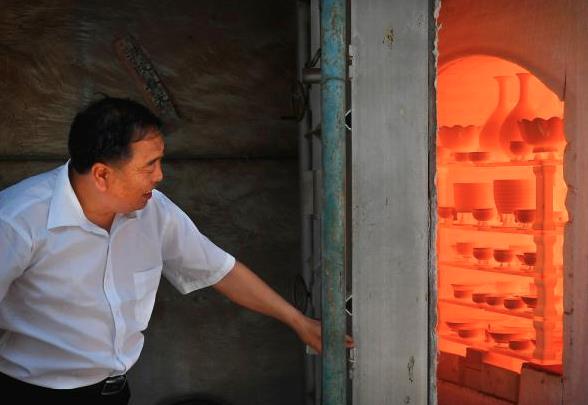
Ru porcelain can be divided into several types based on glazing color: sky blue glaze, azure glaze, bluish white glaze, pea green glaze and egg white glaze.

